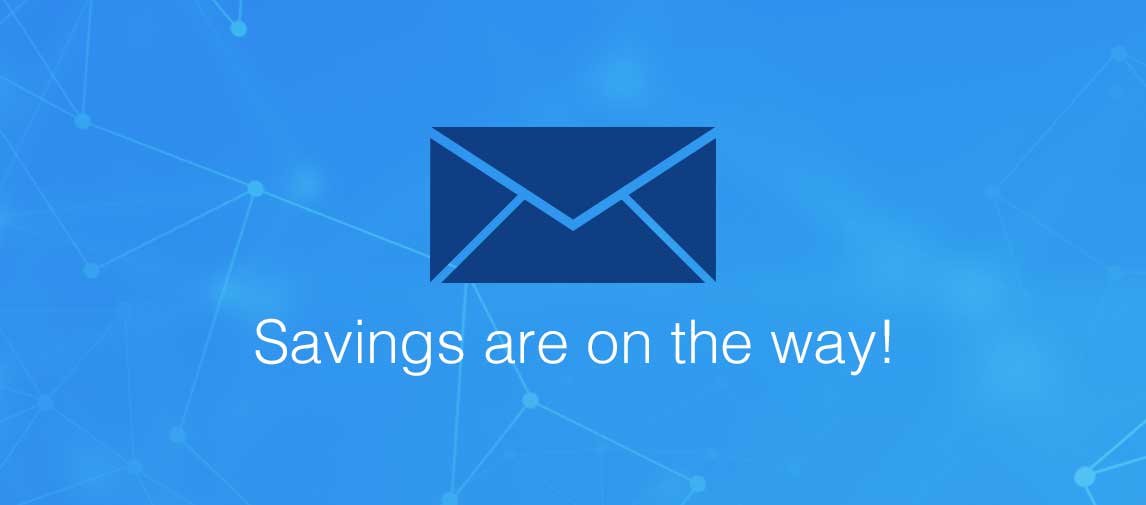title
Please take a moment to fill out this form. We will get back to you as soon as possible.
All fields marked with an asterisk (*) are mandatory.
IBM Infosphere Training Courses
Browse our extensive catalog of IBM Infosphere courses on everything from Big Match, Datastage, and FastTrack to Guardium, MDM, and Optim Solutions.

Course List
-
IBM InfoSphere DataStage Engine Administration for Information Server v11.7
KM530G
This course teaches Information Server and/or DataStage administrators to configure, manage, and monitor the DataStage Engine . . .
- Duration: 8 Hours
- Scheduled Classes : 10 Scheduled Classes
- Delivery Format: Classroom, Virtual
-
IBM InfoSphere DataStage Essentials (v11.5)
KM204G
This course enables the project administrators and ETL developers to acquire the skills necessary to develop parallel jobs . . .
- Duration: 32 Hours
- Scheduled Classes : 11 Scheduled Classes
- Delivery Format: Classroom, Virtual
-
IBM InfoSphere DataStage Essentials v11.7
KM304G
This course enables the project administrators and ETL developers to acquire the skills necessary to develop parallel jobs . . .
- Duration: 32 Hours
- Scheduled Classes : 8 Scheduled Classes
- Delivery Format: Classroom, Virtual
-
Guardium Data Protection - Monitoring data end to end
8G900XGS
IBM Security® Guardium® Data Protection (Guardium) is a scalable data security platform that meets the demands of modern . . .
- Duration: 8 Hours
- Delivery Format: Self Paced
-
Guardium Data Protection - Uncovering threats (v11.4)
8G910XGS
IBM Security® Guardium® provides a broad range of data security and protection capabilities that can protect sensitive . . .
- Duration: 4 Hours
- Delivery Format: Self Paced
-
IBM Identity Insight 10.0 for Administrators
ISII110
This course is designed to equip Administrators with a more in-depth understanding of the Identity Insight application. By . . .
- Duration: 2 Days
- Scheduled Classes : 5 Scheduled Classes
- Delivery Format: Classroom, Virtual
-
IBM Identity Insight 10.0 for Advanced Administrators
ISII115
The Identity Insight 10.0 for Advanced Administrators course is designed to equip Identity Insight Primary Administrators . . .
- Duration: 2 Days
- Scheduled Classes : 5 Scheduled Classes
- Delivery Format: Classroom, Virtual
-
IBM Identity Insight 10.0 for End Users
ISII100
This IBM Identity Insight for End Users course will cover an introduction to the concepts of Identity Insight and then focus . . .
- Duration: 3 Days
- Scheduled Classes : 6 Scheduled Classes
- Delivery Format: Classroom, Virtual
-
IBM Identity Insight 10.0 Introduction for ETL Developers and Administrators
ISII105
This course in an introductory course that will cover Identity Insight concepts for ETL developers and data pipeline Administrators . . .
- Duration: 3 Days
- Scheduled Classes : 6 Scheduled Classes
- Delivery Format: Classroom, Virtual
-
IBM InfoSphere Master Data Management Fundamentals (V11.6)
1Z802GW
This course will build a foundation for students interested in what master data is and how it is managed. The student will . . .
- Duration: 8 Hours
- Delivery Format: Self Paced
-
IBM InfoSphere QualityStage Essentials v11.7
KM214G
This course teaches how to build QualityStage parallel jobs that investigate, standardize, match, and consolidate data records. . . .
- Duration: 31.5 Hours
- Scheduled Classes : 6 Scheduled Classes
- Delivery Format: Classroom, Virtual
-
We're sorry there are no current courses meeting your filters, but please contact a training advisor who can suggest alternatives aligned with your goals and interests.
Get Personalized Training Solutions
Need a personalized solution for your Training? Contact us, and our training advisors will guide you.
Need Help? We're Here!
Have questions about courses, instruction, materials covered, or finding the right fit? We're here to help!
Need more Information?
Speak with our training specialists to continue your learning journey.
Talk to our team






